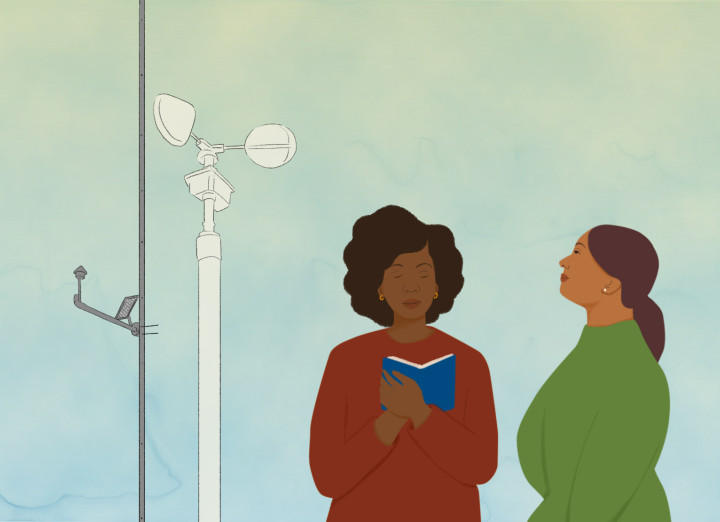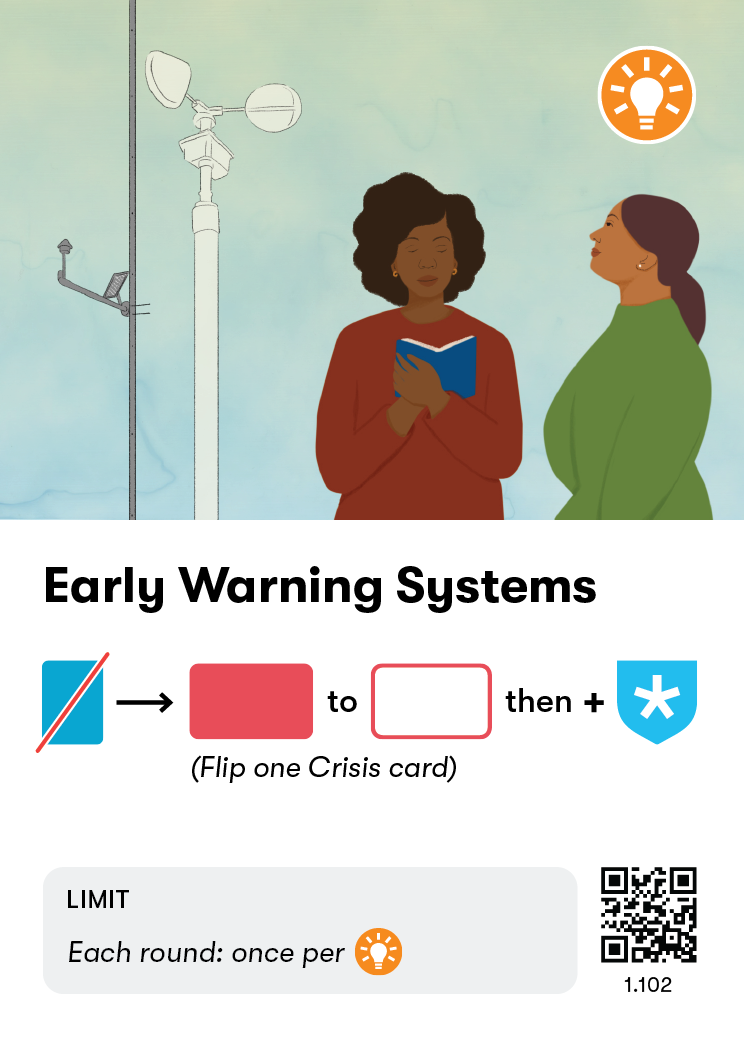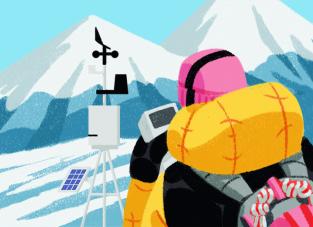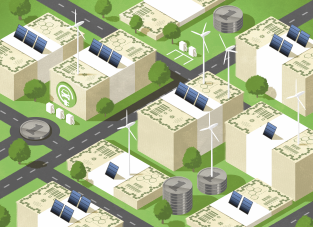Early Warning Systems
Local Project
Before an extreme weather event hits, scientists can often detect dangerous conditions brewing. Early warning systems forecast likely conditions, sense disturbances, and then communicate those risks, providing time for response mechanisms, so that people can prepare for the adverse event, and attempt to minimize its impact.
We can avoid loss and suffering by translating early warning information - about the location, timing, magnitude, and probability of occurrence of extreme events, and what to do about them – into smart, timely decisions. Extreme events often need not become disasters, especially when people and assets can be moved out of harm’s way.
Governments can choose to invest more in anticipatory action, getting ready for risks associated with our increasingly unstable climate before shocks materialize. Governments must ensure that people and organizations can access, understand, and trust the information about a particular threat, and they must have the requisite knowledge and means to act in response. Ultimately, it may be difficult for early warnings to save lives and livelihoods if they are not crafted to help everybody at risk – a wide range of vulnerabilities must be considered and addressed.
Discard 1 card from your hand, then flip one unknown Crisis card face up. Then add 1 Resilience token of your choice to your player board.
You may take this action once per Innovation tag in this card's stack each round.

Early warning, early action (International Federation of Red Cross and Red Crescent Societies, IFRC)
Words into Action - A guide to Multi-hazard Early Warning Systems (UN Office for Disaster Risk Reduction, UNDRR)
Early warning system (Wikipedia)
Pay attention to forecasts and warnings, they can help you save yourself and others.
Be ready to experience unprecedented extreme events.
Encourage your community and government to set up and improve early warnings for multiple hazards.



